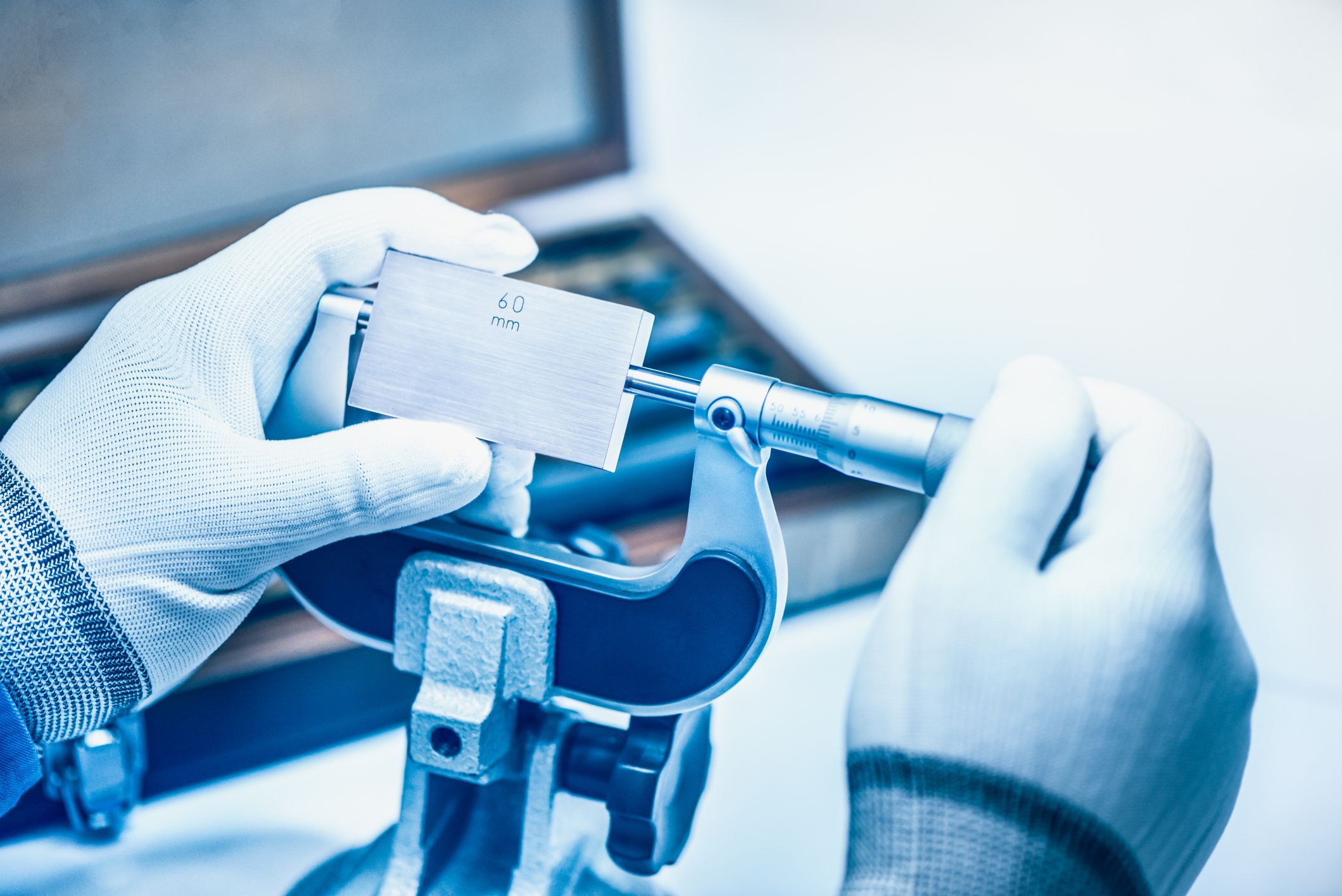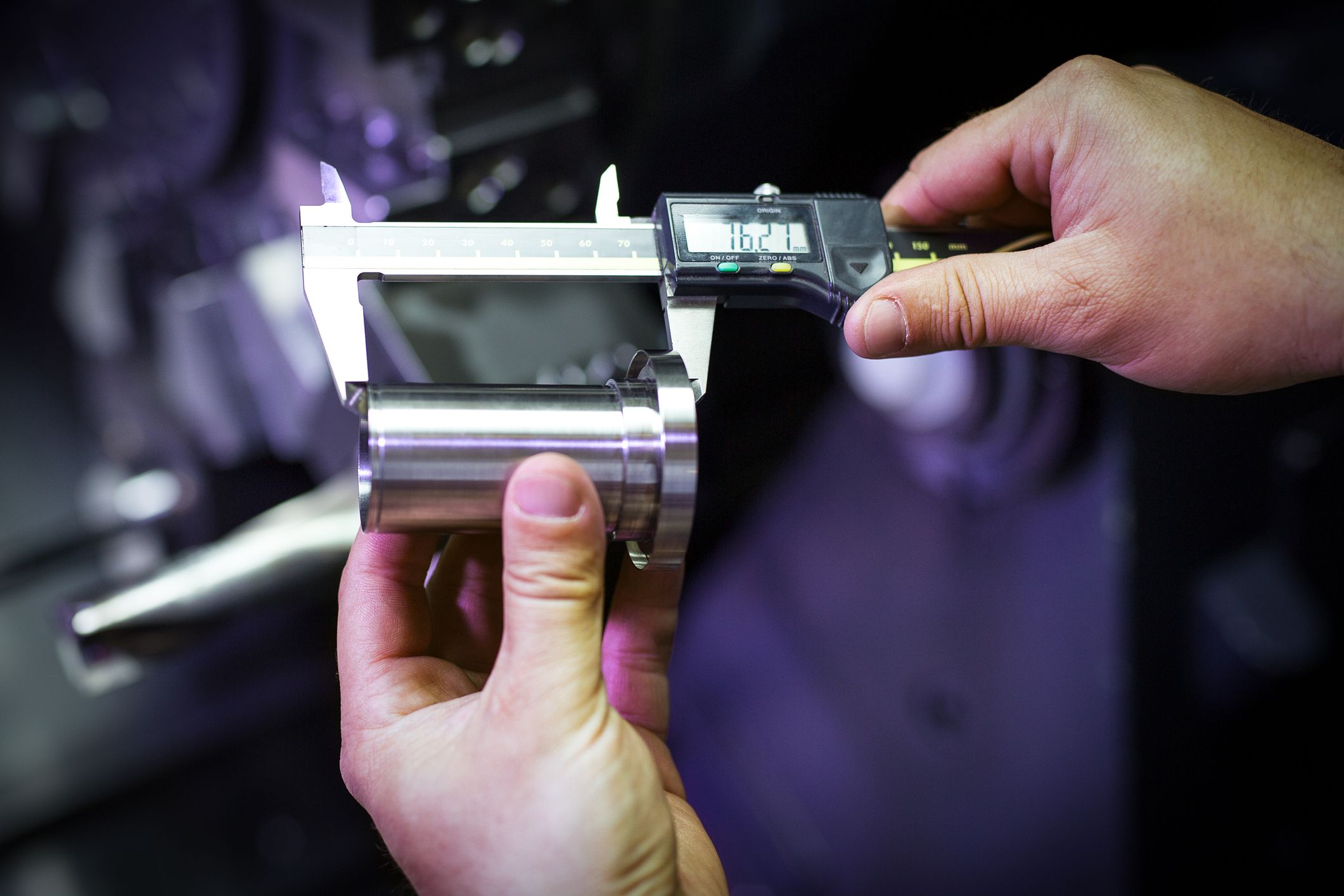Why calibration schedules matter and how KIT makes them effortless
Achieve operational excellence with automated calibration schedules that make sense for your team.
How big a challenge is calibration anyway?
In industries where precision is non-negotiable, such as manufacturing, aerospace, automotive, healthcare, and energy, calibration schedules are essential to maintaining the accuracy, reliability, and compliance of measurement instruments.
This article explores what calibration schedules are, why they’re important, and how KIT helps organisations manage them efficiently.

What tools are we talking about?
In today’s engineering and mass production world, the sheer volume and variety of tools and equipment requiring regular calibration can be overwhelming, especially when tracked manually. Regular calibration is vital to keep them working accurately and reliably to minimise downtime and delay.
Tools such as:
- Mechanical tools: Micrometers, calipers, torque wrenches, crimping tools
- Electrical tools: Multimeters, torque drivers, electrical testers
- Environmental & lab equipment: Thermometers, balances and scales, spectrometers, environmental chambers
- Force & pressure instruments: Load cells, pressure gauges, hardness testers
And that’s just for starters. But managing all these tools manually is a major challenge.
Despite its importance, calibration often falls to the bottom of the priority list, seen as tedious and time-consuming. Motivating a team to take it seriously can also be a challenge, but is eminently doable, as we highlighted in our earlier blog “7 ways to ease the pain of calibration”.
Conversely, the consequences both immediately and longer-term of skipping calibrations can be significant. as International Process Solutions, Inc identified in their excellent blog on The Role of Calibration in Precision and Compliance.
The easiest way to ensure calibrations aren’t missed is to determine a calibration schedule that works for the needs of your business.

What is a calibration schedule?
A calibration schedule is a structured timing plan that defines when and how often equipment or instruments should be calibrated to ensure they continue to perform within specified tolerances. These schedules are typically based on:
- Manufacturer recommendations
- Industry standards (e.g., ISO 9001, ISO/IEC 17025)
- Historical performance data
- Risk assessments and criticality of the instrument
- Specific usage patterns of the organisation
- Timing of key projects or production runs
There are no absolutes here about how often you should calibrate and it is about finding what works for your organisation and keeps you compliant with the regulations of your particular industry.
Why calibration schedules are important
Accuracy and reliability
Regular calibration ensures instruments provide accurate measurements, which is vital for quality control, safety, and operational decision-making. The knock-on effects of poorly calibrated instruments and tools is well documented in some of the earlier blog links, but the effect on trust, perceptions and relationships internally cannot be underestimated. No-one wants to be seen as the shabby and ineffective part of the organisation or have their work questioned at every turn. Showing that you have accuracy and reliability nailed breeds trust and respect.
Compliance and auditing
Many industries are governed by strict regulations. A documented calibration schedule helps meet compliance requirements and prepares organisations for audits. A schedule backed by evidence of calibrations being performed on a regular basis makes the difference between sailing through audits and having non-conformance black marks and makes for uncomfortable moments with the auditors and the rest of the management team.

Preventive maintenance
Calibration schedules can reveal drift trends or early signs of equipment failure, enabling proactive maintenance and reducing downtime. Improving uptime and yield metrics through being proactive and repairing, replacing or servicing equipment before it affects productivity shows a team with discipline and a team that can be relied on to get the job done right.
Cost efficiency
While calibration does come with a cost, the potential impact of unplanned failures or product recalls due to inaccurate measurements can be significantly greater. Sometimes, issues can arise from raw components or sub-assemblies, and without thorough inspection and testing, these can be difficult to detect. The good news is that your tools are within your control. Mistakes are understandable, but if patterns of tool neglect emerge, they can be more challenging to justify. Proactive maintenance and calibration help ensure reliability and reduce risk.
How KIT supports calibration schedule management
KIT is a tool and equipment inventory management platform designed to simplify and automate equipment lifecycle management, including calibration workflows. Here’s how KIT enhances calibration scheduling:
Automated scheduling & notifications
KIT allows users to set custom calibration policies and schedules for each asset. The system automatically generates reminders and alerts for upcoming or overdue calibrations, reducing the risk of missed events. KIT’s dashboard highlights upcoming, overdue and failed calibrations, giving actionable insight to managers from which they can determine their next steps to keep things under control before they become an issue.
Digital calibration records
Every calibration event is logged with date, technician, policy, individual test results and outcome, including generation of a calibration certificate, creating a traceable audit trail over time. These records are accessible in real-time and exportable for compliance reporting.
Calibration history & trend analysis
KIT tracks calibration performance over time by maintaining records of all calibrations, helping users identify instruments that frequently drift or require more frequent attention. This supports risk-based scheduling and smarter resource allocation or decisions about whether to switch to alternative tooling that may be more suitable to your environment and needs.
Integration with inventory & audit modules
Calibration schedules are linked directly to KIT’s inventory and visual audit tools, ensuring that calibration status is visible during inspections and asset reviews. Being able to demonstrate that you have comprehensive records for each of your tools is not difficult, but can be a real game-changer with auditors.
Support for complex, multi-site operations
For organisations with multiple facilities, KIT enables centralised calibration management across locations, with scheduling and reporting that can be customised to be site or project specific. Being able to set expectations for each project or site rather than have to abide by schedules that simply don’t make sense for that team or site, means adherence and compliance is working for you rather than against you and is more likely to find support in the teams responsible for the work.

Conclusion
Calibration schedules are critical for ensuring measurement accuracy, regulatory compliance, and operational efficiency. With KIT, organisations can shift from manual tracking to automated, intelligent calibration management, reducing risk, boosting performance, and turning calibration from a dreaded task to the backbone of trust and reliability across operations.
Ready to make calibration a strength instead of a struggle?
Book a demo with us to discover how KIT can transform your operations.